Bernier combines sounds from mechanically triggered tuning forks with digital soundwaves, using a micro-controller to trigger sequences via software, activating solenoids that hit rows of precisely calibrated tuning forks with high precision, threaded through sinewave activity.
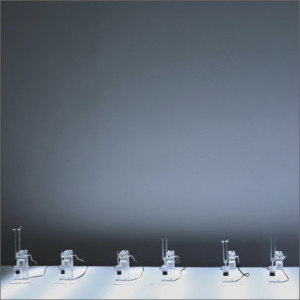 This release from Line documents the sonic element of a performance/installation piece by Nicolas Bernier conceptually ingenious enough to have won the 2013 Prix Ars Golden Nica. Bernier operates at sites of intersection between the cerebral and the sensual, between digital processing and organic sound source, issuing in sound performances, installations, musique concrète, live electronics, and video art. His musical inquiry has concerned itself with hybrids of new electronics and modern technologies with old and malfunctioning apparatus: typewriter, old machines, tuning forks, soundscape memories, even <gasp> musical instruments. For frequencies (a / fragments) Bernier combines sounds from mechanically triggered tuning forks with digital soundwaves, using a micro-controller to trigger sequences via software, activating solenoids that hit rows of precisely calibrated tuning forks with high precision, threaded through sinewave activity. As part of the performance, Bernier builds in a customized light table to achieve sound-vision retroaction, streams of light firing out virtually synchronously with the forked tongues of frequencies to create a quasi-minimalist son et lumière event (video below).
This release from Line documents the sonic element of a performance/installation piece by Nicolas Bernier conceptually ingenious enough to have won the 2013 Prix Ars Golden Nica. Bernier operates at sites of intersection between the cerebral and the sensual, between digital processing and organic sound source, issuing in sound performances, installations, musique concrète, live electronics, and video art. His musical inquiry has concerned itself with hybrids of new electronics and modern technologies with old and malfunctioning apparatus: typewriter, old machines, tuning forks, soundscape memories, even <gasp> musical instruments. For frequencies (a / fragments) Bernier combines sounds from mechanically triggered tuning forks with digital soundwaves, using a micro-controller to trigger sequences via software, activating solenoids that hit rows of precisely calibrated tuning forks with high precision, threaded through sinewave activity. As part of the performance, Bernier builds in a customized light table to achieve sound-vision retroaction, streams of light firing out virtually synchronously with the forked tongues of frequencies to create a quasi-minimalist son et lumière event (video below).
The humble tuning fork is inspiring to Bernier as its sinetone-like sound is redolent of early experimental electronics as well as standing as a symbol of research by dint of its long-time use not only in tonal instrumental music but also scientific inquiry, engendering a process linking electronic and acoustic, past and present, music and science. Sonically, the piece evolves from pure fork chime tones to dense complex synthesis of their captured resonance and computerized processing of source matter. Initially each sound is allowed to resound crystal clear into space, the in-between apparent, then beginning to overlap, fragments melding with the incorporation of sine waves. Digital manipulation is sparing here, limited to looping and echoing. As processing and machinery accelerate, rapid fire tones create a massive musical box effect. Low-end entries offset the sharp metallic ringing sounds that have so far set the tone. The overall effect is quite mesmerizing, as it slowly unfolds, with skittering tonal waves evaporating into the murky ether. The physicality of the fork frequencies is offset by sinewave smoothness, high-pitched, sometimes squeaky, sometimes fluttering and clicky, the interplay between them compelling—but, caveat auditor, the extreme pitches are fit to frighten the horses. About half-way the structure is irrupted by shards of high-end incidence and ultrasonic eardrum buzz, though even at this stage the churning mass of noise bears remote traces of tuning fork strike. As it progresses, the tones fracture, sparser and distended, warm enveloping tonalities cede to more granular vaporous ambience as closure comes in a return to more stripped down, albeit digitally doused, source, ending in a hush of liminal noise.
All in all, frequencies (a / fragments) is a dynamic work in a modern mien with a handmade feel, deploying small articulations next to hyper-timbral masses. It comes on like a prickly primordial musique concrète with a calm-down from contemporary electronics—the uncouth lurch of harsh noise and improv tempered by the cultured movement of minimalism and techno. Bernier navigates a cline between the actual and the virtual, between the micro and the macro, confluences forming and dichotomies dissolving—between ancient and modern, natural and synthetic, improvised and composed, essentialism and artifice, the raw and the cooked.
frequencies (a / fragments) is available on Line.








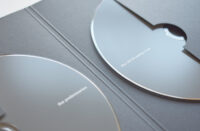



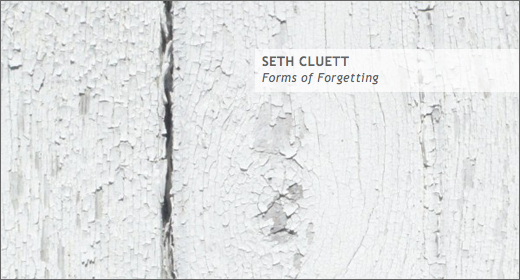
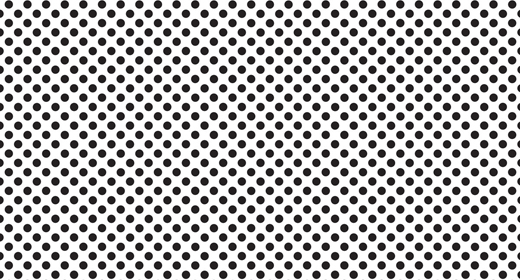
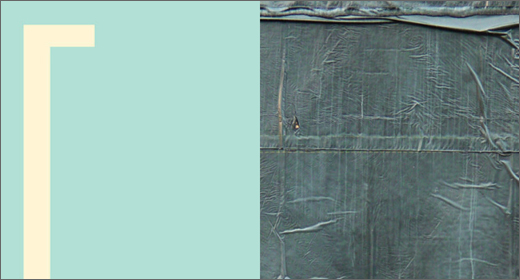



![Pole :: Tempus Remixes (Mute) — [concise]](https://igloomag.com/wp/wp-content/uploads/2025/04/pole-tempus-remixes_feat-75x75.jpg)






![Hasbeen :: Bunker Symphonies II (Clean Error) — [concise]](https://igloomag.com/wp/wp-content/uploads/2025/04/hasbeen-bunker-symphonies-ii_feat-75x75.jpg)
